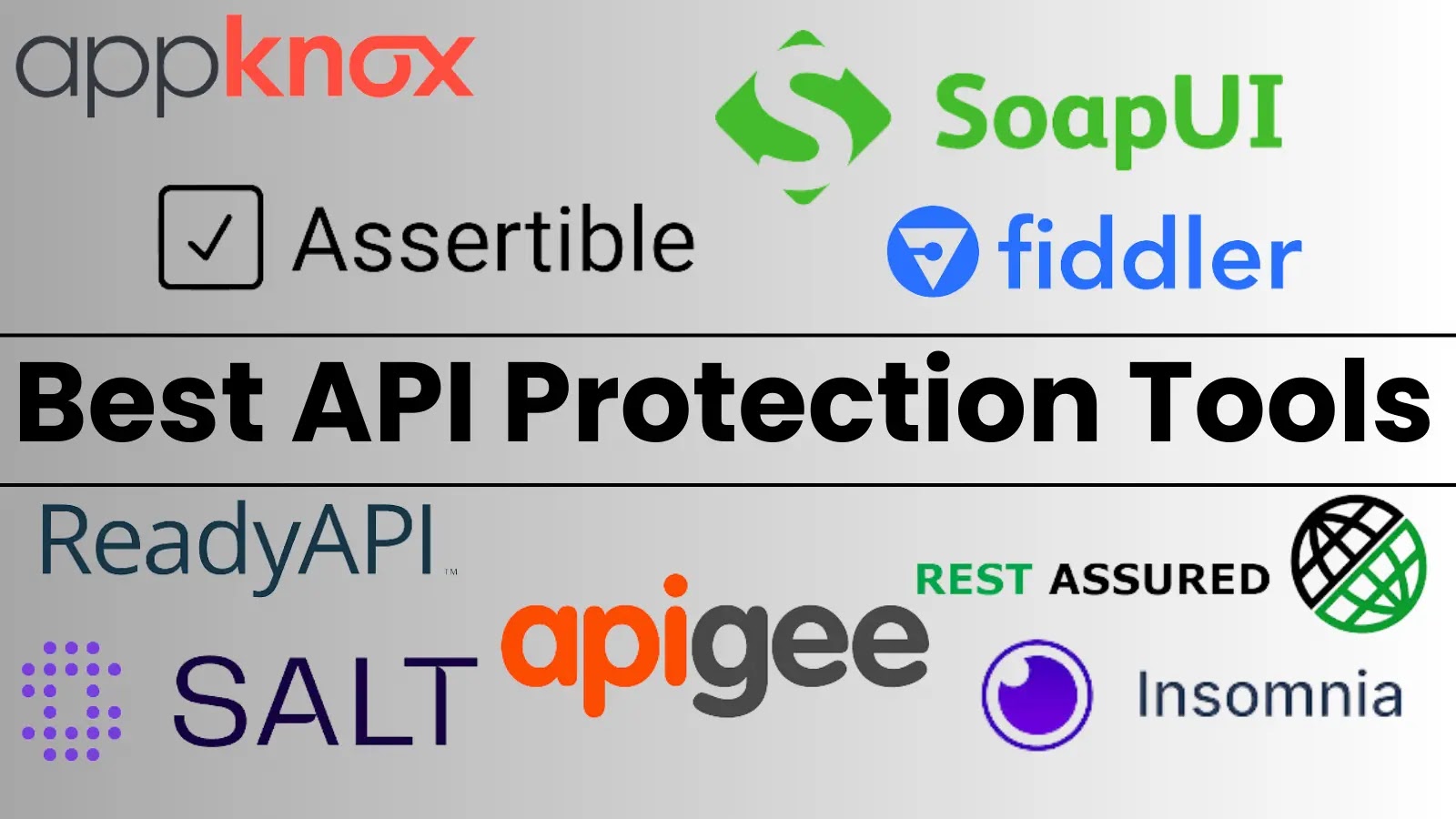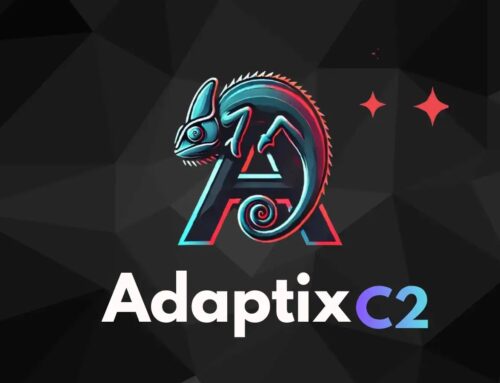
10 Best API Protection Tools in 2025
Unveiling Top-Tier API Protection in 2025: Safeguarding Your Digital Backbone
In our interconnected digital landscape, Application Programming Interfaces (APIs) serve as the fundamental communication fabric, enabling seamless data exchange between software applications and users. They are the invisible gears driving innovation, from mobile apps to cloud services. However, this ubiquity also makes them prime targets for sophisticated cyberattacks. A compromised API can lead to devastating data breaches, service disruptions, and severe reputational damage. As we move into 2025, the need for robust API protection is not just a best practice; it’s an existential necessity for any organization relying on digital interactions.
This article delves into the critical importance of API security and presents the 10 best API protection tools poised to defend your digital assets in the coming year. We’ll explore solutions that offer comprehensive coverage, from threat detection and mitigation to stringent access control and behavioral analysis.
The Evolving Threat Landscape for APIs
APIs are often the exposed surface of an organization’s internal systems. While developers strive to provide clear documentation on structuring requests for desired responses, vulnerabilities can emerge at various layers. Common API attack vectors include:
- Broken Object Level Authorization (BOLA): Where an attacker bypasses authorization checks to access resources they shouldn’t. This often manifests as an IDOR (Insecure Direct Object Reference) vulnerability.
- Broken User Authentication: Weak authentication mechanisms allow attackers to impersonate legitimate users or gain unauthorized access.
- Excessive Data Exposure: APIs exposing more data than necessary, which can be harvested by malicious actors even if not immediately used.
- Lack of Resources & Rate Limiting: Without proper rate limiting, APIs are susceptible to denial-of-service (DoS) attacks or brute-force attempts.
- Security Misconfiguration: Default credentials, open cloud storage, or misconfigured security settings provide easy entry points.
- Unrestricted Resource Consumption: Similar to rate limiting, this involves an API allowing an excessive amount of resources (e.g., CPU, memory) to be consumed, leading to service degradation or denial.
The OWASP API Security Top 10 provides a valuable framework for understanding these pervasive threats, continuously updated to reflect new attack patterns.
Key Considerations for API Protection Tools
When evaluating API protection solutions, consider features that go beyond basic firewalls. Look for tools that offer:
- Discovery and Inventory: Automatically identify and catalog all APIs, including shadow and zombie APIs.
- Anomaly Detection: Utilize AI and machine learning to detect unusual API behavior indicative of an attack.
- Threat Blocking and Mitigation: Real-time protection against various attack types, including OWASP API Top 10 threats.
- Access Control and Authorization: Robust mechanisms to ensure only authorized users and applications can access specific API endpoints and data.
- Data Validation and Schema Enforcement: Enforce strict data types and structures to prevent injection attacks.
- Rate Limiting and Throttling: Prevent abuse and denial-of-service attacks.
- Integration with Existing Security Ecosystem: Compatibility with SIEM, WAFs, and other security tools for a unified defense.
10 Best API Protection Tools in 2025
Here’s a curated list of leading API security solutions making a significant impact in 2025:
1. Akamai API Security
Akamai provides a comprehensive API security solution as part of its larger security platform. It leverages its vast edge network to detect and mitigate threats at the perimeter, offering detailed visibility into API traffic, behavioral analytics, and robust protection against a wide range of attacks. Its strength lies in its global reach and advanced bot management capabilities.
2. Salt Security
Salt Security is a specialized API security platform known for its robust runtime protection. It uses patented AI and machine learning to learn legitimate API behavior, automatically detect and block attacks, and provide insights into API vulnerabilities before attackers can exploit them. Salt Security excels in continuous API discovery and granular attack forensics.
3. Wallarm
Wallarm offers a unified platform for API security, WAF, and bot mitigation. It focuses on automatic threat detection and accurate blocking across multi-cloud and on-premise environments. Wallarm’s strength lies in its ability to understand API logic and detect sophisticated attacks that bypass traditional security measures.
4. Noname Security
Noname Security provides an API security platform focused on discovery, posture management, runtime protection, and API testing. It offers full lifecycle API security, giving organizations a comprehensive view of their API attack surface and enabling proactive remediation efforts. Noname’s automated remediation capabilities are a significant advantage.
5. Imperva API Security
Imperva’s API Security solution is built into its industry-leading web application and API protection (WAAP) platform. It offers advanced threat blocking, DDoS protection, bot management, and deep visibility into API traffic. Imperva leverages behavioral analytics to protect against known and zero-day API threats, providing robust security for complex environments.
6. Cloudflare API Gateway
Cloudflare’s API Gateway extends its global network capabilities to offer advanced API security features. This includes strong authentication, schema validation, rate limiting, and protection against common API vulnerabilities. For organizations already using Cloudflare for their web infrastructure, it provides a seamless and scalable API security layer.
7. Data Theorem
Data Theorem offers an Attack Surface Management (ASM) platform that includes a strong focus on API security. It provides continuous, automated security assessments of web, mobile, cloud, and API assets, identifying vulnerabilities and misconfigurations. Data Theorem excels in providing actionable insights and helping organizations reduce their overall attack surface.
8. Palo Alto Networks – Advanced API Security
Integrated into their industry-leading Next-Generation Firewall (NGFW) and Prisma Cloud platforms, Palo Alto Networks provides advanced API security capabilities. This includes threat prevention, behavioral analysis, and real-time protection against sophisticated API attacks. Their emphasis on consolidating security functions makes it a strong contender for existing Palo Alto customers.
9. Cequence Security
Cequence Security focuses on API protection and bot management. Their unified platform provides comprehensive API discovery, real-time behavioral analysis, and threat mitigation. Cequence is particularly strong in identifying and blocking automated attacks and sophisticated bots targeting APIs, preventing fraud and data exfiltration.
10. KONG API Gateway with Konnect
While primarily an API Gateway, Kong, especially with its Konnect platform, integrates robust security features essential for API protection. This includes authentication, authorization, rate limiting, and deep visibility into API traffic. While not a dedicated “API Security” tool in the strictest sense, its foundational role in API management makes its security capabilities critical for many organizations.
Remediation Actions and Best Practices
Implementing API protection tools is only one part of a comprehensive API security strategy. Organizations must also adopt proactive measures:
- API Discovery and Inventory: Continuously monitor and document all active APIs, including shadow and zombie APIs.
- Security by Design: Integrate security considerations into the API development lifecycle from the outset.
- Input Validation: Implement strict input validation on all API endpoints to prevent injection attacks (e.g., CVE-2023-38545).
- Authentication and Authorization: Use strong, multi-factor authentication (MFA) and granular authorization controls (e.g., OAuth 2.0).
- Rate Limiting and Throttling: Implement policies to prevent API abuse and DoS attacks.
- Error Handling: Avoid exposing sensitive information in error messages.
- Regular Security Audits and Penetration Testing: Actively test APIs for vulnerabilities.
- Least Privilege Principle: Grant APIs and their users only the necessary permissions to perform their functions.
- Monitor API Logs and Anomalies: Actively analyze API traffic for unusual patterns.
- Secure Configuration: Ensure all API gateways and backends are securely configured, avoiding default credentials or unnecessary open ports.
Conclusion
The reliance on APIs will only intensify, making their security paramount. The tools highlighted above represent the forefront of API protection in 2025, offering advanced capabilities to detect, prevent, and respond to threats. However, technology alone is insufficient. A holistic approach that integrates robust tools with strong security practices, continuous monitoring, and developer education is essential. By prioritizing API security, organizations can safeguard their data, maintain service availability, and preserve hard-earned trust in an increasingly interconnected world.





